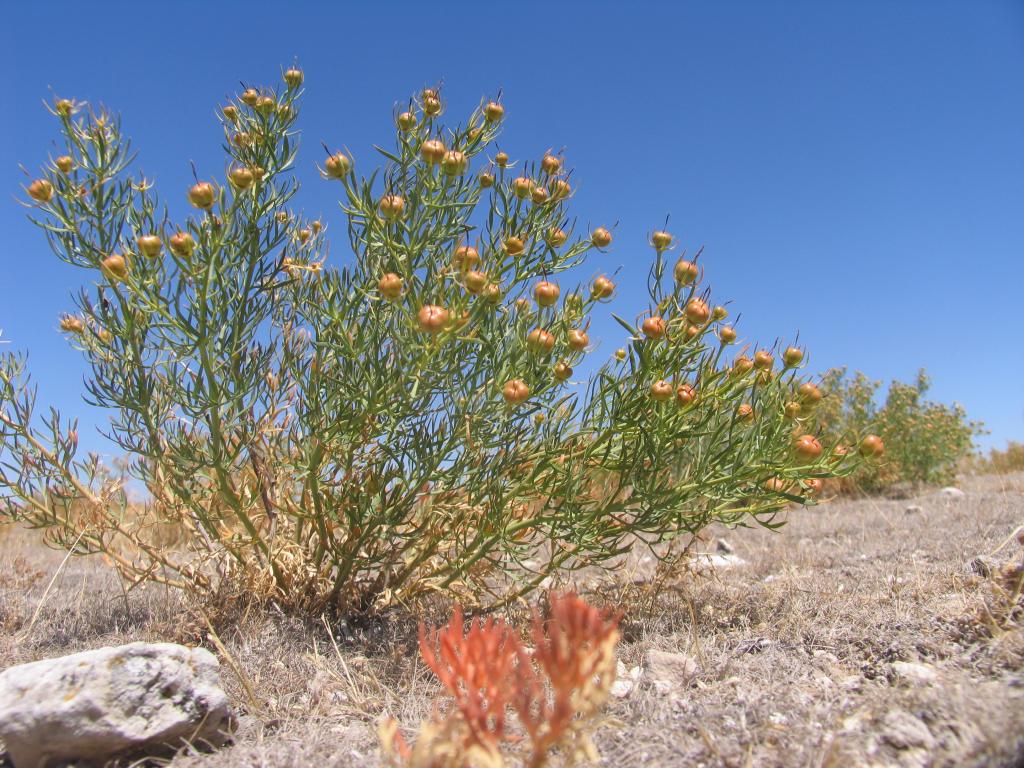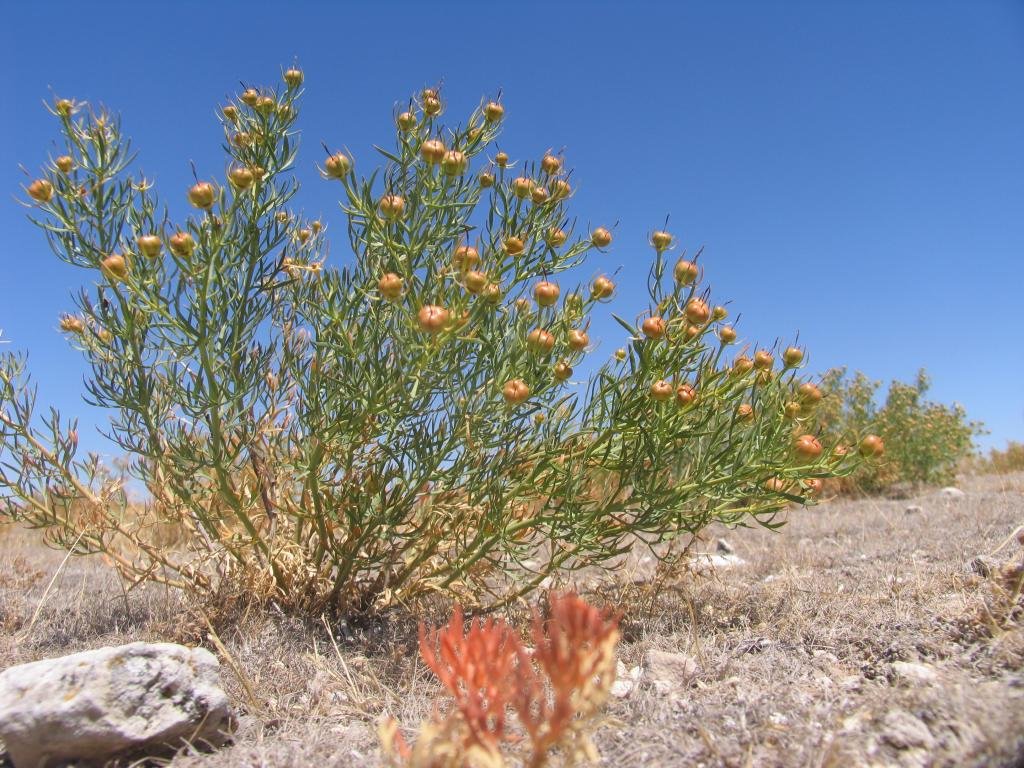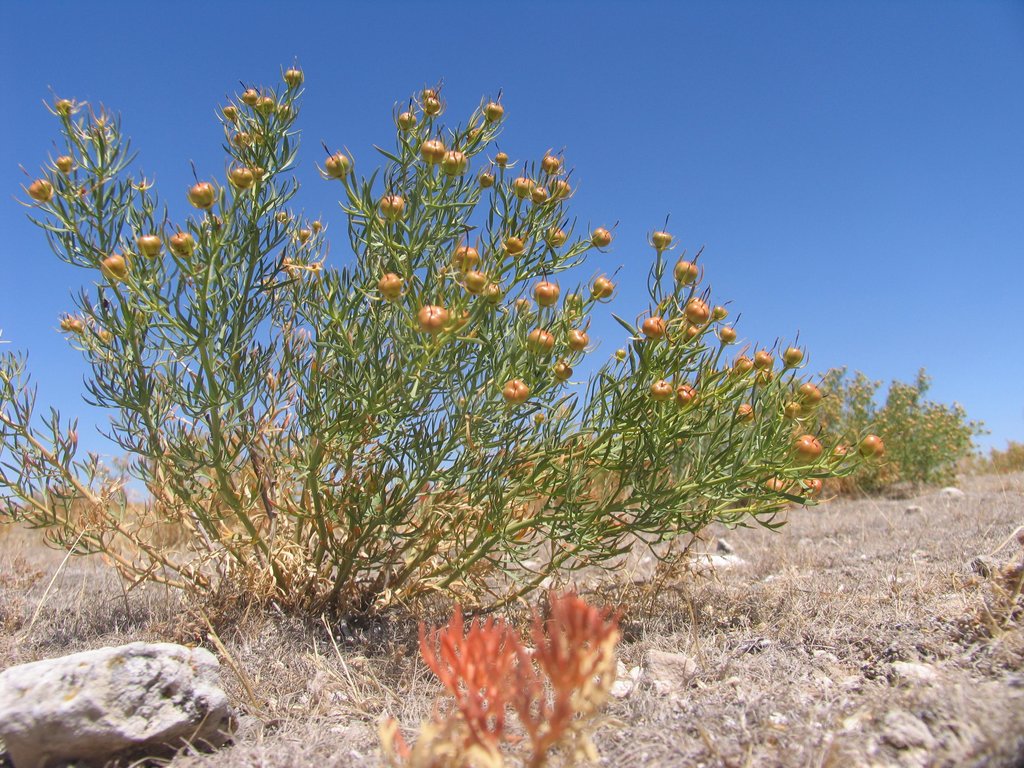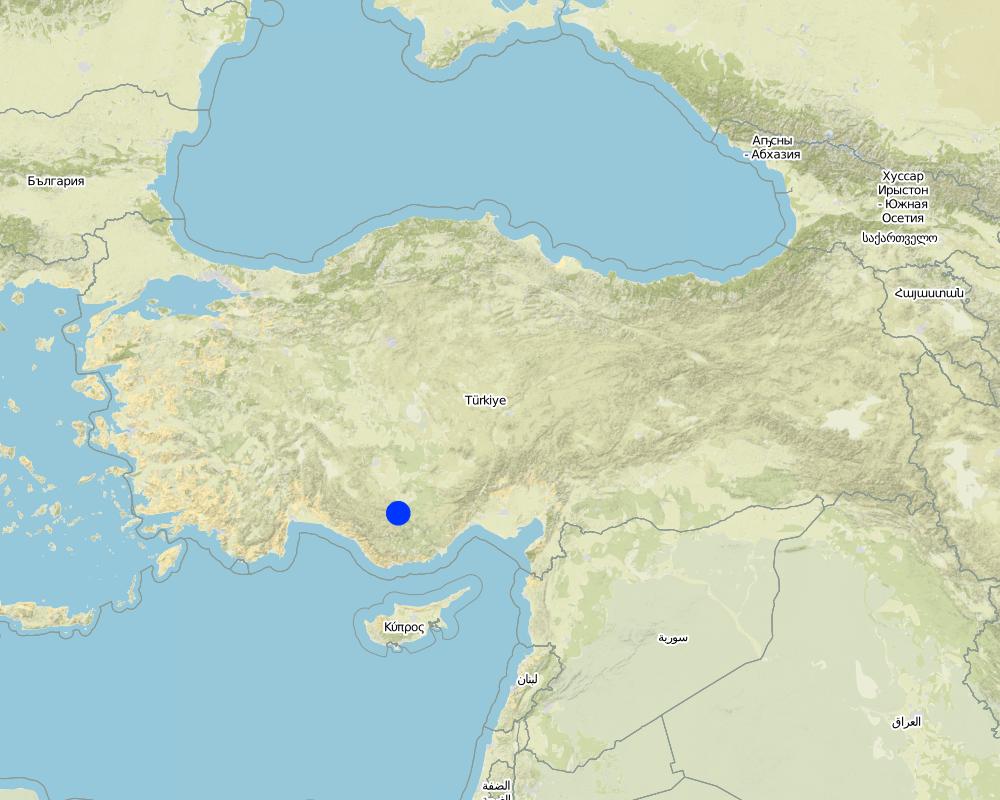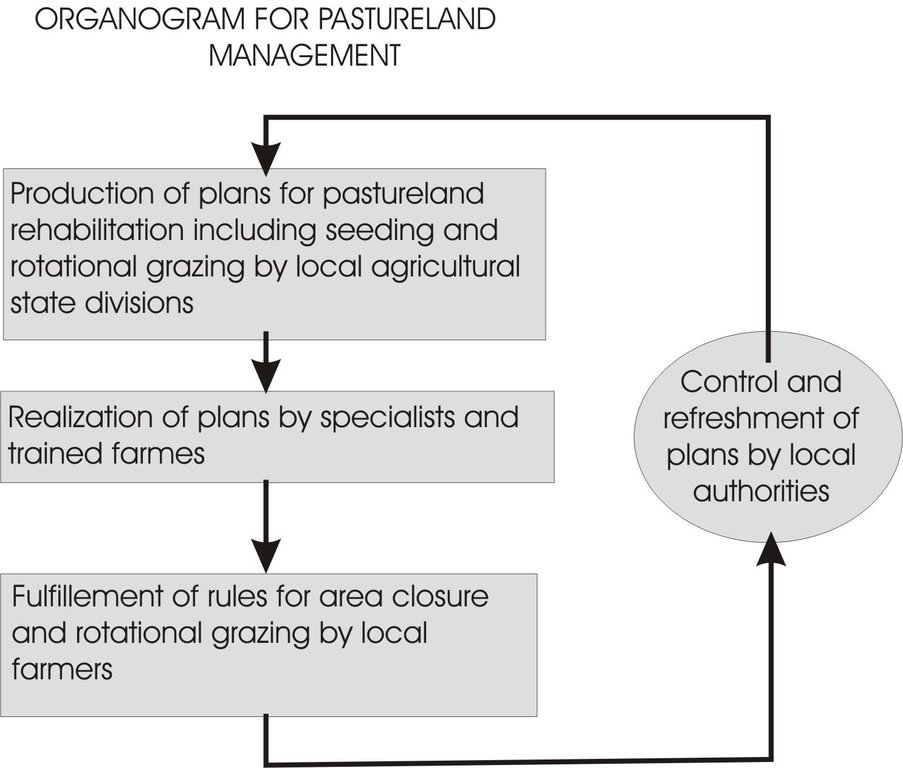Pasture Management [ตุรกี]
- ผู้สร้างสรรค์:
- การอัพเดท:
- ผู้รวบรวม: Mehmet Zengin
- ผู้เรียบเรียง: –
- ผู้ตรวจสอบ: Fabian Ottiger
approaches_2564 - ตุรกี
ดูส่วนย่อย
ขยายทั้งหมด ย่อทั้งหมด1. ข้อมูลทั่วไป
1.2 รายละเอียดที่ติดต่อได้ของผู้รวบรวมและองค์กรที่เกี่ยวข้องในการประเมินและการจัดเตรียมทำเอกสารของแนวทาง
ชื่อของโครงการซึ่งอำนวยความสะดวกในการทำเอกสารหรือการประเมินแนวทาง (ถ้าเกี่ยวข้อง)
University of Selcuk, Faculty of Agriculture (University of Selcuk, Faculty of Agriculture) - Türkiye1.3 เงื่อนไขที่เกี่ยวข้องกับการใช้ข้อมูลที่ได้บันทึกไว้ผ่านทาง WOCAT
ผู้รวบรวมและวิทยากรหลักยอมรับเงื่อนไขเกี่ยวกับการใช้ข้อมูลที่ถูกบันทึกผ่านทาง WOCAT:
ใช่
2. คำอธิบายของแนวทาง SLM
2.1 การอธิบายแบบสั้น ๆ ของแนวทาง
Farmers adopting the rotational grazing on pasturelands.
2.2 การอธิบายอย่างละเอียดของแนวทาง
การอธิบายอย่างละเอียดของแนวทาง:
Aims / objectives: Basic aim of the approach is to rest a certain part of pasture by rotational grazing helped with seeding, fertilizing and area closure to enable the new types and higher amount of herbacous plant cover.
Methods: SWC approach is applied in conjunction with the seeding and fertilizing of pastures in different periods of the year.
Stages of implementation: Teaching and training is achieved in winters, seeding and fertilising in early spring and grazing in winter.
Role of stakeholders: The trained stakeholders are expected to help with the seeding and fertilization activities. All farmes are responsible for the fulfillement of area closure rules.
2.3 รูปภาพของแนวทาง
2.5 ประเทศ ภูมิภาค หรือสถานที่ตั้งที่ได้นำแนวทางไปใช้
ประเทศ:
ตุรกี
ภูมิภาค/รัฐ/จังหวัด: :
Konya
ข้อมูลเฉพาะเพิ่มเติมของสถานที่ตั้ง:
Karapınar
Map
×2.7 ประเภทของแนวทาง
- แบบดั้งเดิม/ แบบพื้นเมิอง
2.8 เป้าหมายหรือวัตถุประสงค์หลักของแนวทาง
The Approach focused on SLM only
To conserve pasture areas, to raise whealth of district people, to prevent the immigrant from rural areas to towns and cities.
The SLM Approach addressed the following problems: Lack of money to conserve the naturel pastures, conflict over the use of already poor pastureland, lower income rates from animal feeding, low level of biodiversity (herbaceous plants) and lower biomass production.
2.9 เงื่อนไขที่เอื้ออำนวยหรือเป็นอุปสรรคต่อการนำเทคโนโลยีภายใต้แนวทางนี้ไปปฏิบัติใช้
กรอบแนวทางในการดำเนินการด้านกฎหมาย (การถือครองที่ดิน สิทธิในการใช้ที่ดินและน้ำ)
- เอื้ออำนวย
The existing land ownership, land use rights / water rights moderately helped the approach implementation: Lands belong to state, so no problem arises among the farmers. Sheep owners graze in pastures rotationally and sharely.
- เป็นอุปสรรค
lack of legal regulation that orginise appropriate exploitation of pasturelands by farmers
Treatment through the SLM Approach: arising the counciseness of sustainable pasture management, increasing the quality and diversity of existing biomass.
3. การมีส่วนร่วมและบทบาทของผู้มีส่วนได้ส่วนเสียที่เกี่ยวข้อง
3.1 ผู้มีส่วนได้ส่วนเสียที่เกี่ยวข้องในแนวทางนี้และบทบาท
- ผู้ใช้ที่ดินระดับท้องถิ่นหรือชุมชนระดับท้องถิ่น
Farmer unions such as irrigation union or specific crop production unions.
Males are culturally dominant in Turkish society. Rural affairs are generaly realised by men.
- องค์กรพัฒนาเอกชน
- รัฐบาลแห่งชาติ (ผู้วางแผน ผู้ทำการตัดสินใจ)
ถ้ามีผู้มีส่วนได้ส่วนเสียหลายคนที่เกี่ยวข้องให้ระบุหน่วยงานตัวแทน:
SLM approach is raised by local specialists of national state governmental organisations and helped with land users.
3.2 การเกี่ยวข้องของผู้ใช้ที่ดินระดับท้องถิ่นหรือชุมชนระดับท้องถิ่นในช่วงต่างๆของแนวทาง
| ความเกี่ยวข้องของผู้ใช้ที่ดินระดับท้องถิ่นหรือชุมชนระดับท้องถิ่น | ระบุผู้ที่มีส่วนเกี่ยวข้องและอธิบายกิจกรรม | |
|---|---|---|
| การริเริ่มหรือการจูงใจ | จ่ายเงินหรือสนับสนุนจากภายนอก | local land users inspire and inform specialist and local decision makers for pastureland management |
| การวางแผน | จ่ายเงินหรือสนับสนุนจากภายนอก | They are relatively active in the planning phase. |
| การดำเนินการ | ปฏิสัมพันธ์ | land users are particularly involved in the implementation phase. |
| การติดตามตรวจสอบหรือการประเมินผล | ไม่ลงมือ | |
| Research | ไม่มี |
3.3 แผนผังแสดงขั้นตอนการทำงาน (ถ้ามี)
คำอธิบาย:
Organogram for pasturland management
ผู้เขียน:
Mehmet Zengin (Ziraat Fakültesi, Selçuk Üniversitesi, Konya)
3.4 การตัดสินใจเลือกใช้เทคโนโลยี SLM
ระบุผู้ที่ทำการตัดสินใจเลือกเทคโนโลยีมากกว่าหนึ่งวิธีไปปฏิบัติใช้:
- ผู้เชี่ยวชาญ SLM เพียงผู้เดียว
การอธิบาย:
Decisions on the method of implementing the SLM Technology were made by by SLM specialists alone (top-down)
4. การสนับสนุนด้านเทคนิค การสร้างขีดความสามารถ และการจัดการด้านความรู้
4.1 การสร้างขีดความสามารถ / การอบรม
ได้มีการจัดอบรมให้แก่ผู้ใช้ที่ดินหรือผู้มีส่วนได้ส่วนเสียคนอื่น ๆ หรือไม่:
ใช่
ให้ระบุว่าใครเป็นผู้ได้รับการอบรม:
- ผู้ใช้ที่ดิน
- เจ้าหน้าที่ภาคสนาม / ที่ปรึกษา
ถ้าเกี่ยวข้อง ให้ระบุ เพศ อายุ สถานภาพ ชาติพันธุ์ เป็นต้น:
Male and active farmers are mostly involved in training activities.
รูปแบบการอบรม:
- เกษตรกรกับเกษตรกร
- ใช้พื้นที่ทำการสาธิต
- จัดการประชุมสู่สาธารณชน
หัวข้อที่พูด:
Main types of herbacous plants in the region, feeding capacity of certain plant types, importance of area closure for rehabilitation of pastures etc.
4.4 การติดตามตรวจสอบและประเมินผล
การติดตามตรวจสอบและประเมินผลเป็นส่วนหนึ่งของแนวทางหรือไม่:
ใช่
ความคิดเห็น:
bio-physical aspects were ad hoc monitored by project staff, government through observations; indicators: None
technical aspects were ad hoc monitored by government through observations; indicators: None
socio-cultural aspects were ad hoc monitored by government through observations; indicators: None
economic / production aspects were regular monitored by government through observations; indicators: None
area treated aspects were ad hoc monitored by government, land users through observations; indicators: None
no. of land users involved aspects were ad hoc monitored by government through observations; indicators: None
management of Approach aspects were ad hoc monitored by government through observations; indicators: None
There were few changes in the Approach as a result of monitoring and evaluation: Monitoring and evaluation enable the understanding of rotation period for certain areas. The suitable herbaceous types are also safely determined after these works.
There were no changes in the Technology as a result of monitoring and evaluation: None
4.5 การวิจัย
การวิจัยเป็นส่วนหนึ่งของแนวทางหรือไม่:
ใช่
ระบุหัวข้อเรื่อง:
- สังคมวิทยา
- นิเวศวิทยา
5. การสนับสนุนด้านการเงินและวัสดุอุปกรณ์
5.1 ระบุงบประมาณประจำปีสำหรับแนวทาง SLM นี้
ถ้าหากว่างบประมาณประจำปีไม่เป็นที่ทราบแน่นอน ให้ระบุช่วงลงไป:
- < 2,000
แสดงความคิดเห็น (แหล่งของการระดมทุน ผู้บริจาคคนสำคัญ):
Approach costs were met by the following donors: local community / land user(s) (Individual farmers and farmer unions): 15.0%; local government (district, county, municipality, village etc) (Local branches of agricultural state organizations): 80.0%; national non-government (NGO's such as TEMA): 5.0%
6. การวิเคราะห์ผลกระทบและการสรุป
6.1 ผลกระทบของแนวทาง
ช่วยให้ผู้ใช้ที่ดินนำเอาเทคโนโลยี SLMไปใช้และบำรุงรักษาสภาพไว้ได้หรือไม่:
- ไม่ใช่
- ใช่ เล็กน้อย
- ใช่ ปานกลาง
- ใช่ อย่างมาก
Rotational grazing are adopted by more land users. Pastures improvement with the seeding and fertilizing is less applied.
Did other land users / projects adopt the Approach?
- ไม่ใช่
- ใช่ เล็กน้อย
- ใช่ ปานกลาง
- ใช่ อย่างมาก
Local people around who adopted the approach improved their over-grazed pastures in the rate of 50 % by controlled grazing in their pasture lands.
6.2 แรงจูงใจหลักของผู้ใช้ที่ดินเพื่อที่จะนำ SLM ไปปฏิบัติใช้
- การผลิตที่เพิ่มขึ้น
- กำไร (ความสามารถ) อัตราส่วนค่าใช้จ่ายต่อผลประโยชน์ที่เพิ่มขึ้น
- ภาระงานลดลง
- กฎและระเบียบ (ค่าปรับ) หรือการบังคับใช้
- เกียรติภูมิ แรงกดดันทางสังคม ความเชื่อมแน่นทางสังคม
6.3 ความยั่งยืนของกิจกรรมของแนวทาง
ผู้ใช้ที่ดินสามารถทำให้สิ่งต่างๆ ที่ได้ปฏิบัติใช้โดยแนวทางนี้ยั่งยืนได้หรือไม่ (โดยไม่มีการสนับสนุนจากภายนอก):
- ไม่
ถ้าตอบว่าไม่หรือไม่แน่ใจ ให้ระบุและแสดงความคิดเห็น :
Because they need financial support for seed and fertilizing costs to improve the pastures.
6.4 จุดแข็งและข้อได้เปรียบของแนวทาง
| จุดแข็ง / ข้อได้เปรียบของแนวทางในทัศนคติของผู้ใช้ที่ดิน |
|---|
| The approach and technology caused new opportunities and good economy. (How to sustain/ enhance this strength: Attention, money support and measurements.) |
| จุดแข็ง / ข้อได้เปรียบของแนวทางในทัศนคติของผู้รวบรวมหรือวิทยากรหลัก |
|---|
| Rotational grazing and improving for pasture management is consistent and useful. (How to sustain/ enhance this strength: Money support and training.) |
6.5 จุดอ่อน / ข้อเสียเปรียบของแนวทางและวิธีในการแก้ไข
| จุดอ่อน / ข้อเสียเปรียบในทัศนคติของผู้ใช้ที่ดิน | สามารถแก้ไขปัญหาได้อย่างไร |
|---|---|
| Until enough improvement of the pasture farmers need fodder for their animal. | Growing fodder in their fields with the government support and teaching. |
| จุดอ่อน / ข้อเสียเปรียบในทัศนคติของผู้รวบรวมหรือวิทยากรหลัก | สามารถแก้ไขปัญหาได้อย่างไร |
|---|---|
| Especially pasture improving requires money support for soil tillage, fodder seeding and fertilizing. Sometimes there may be conflicts in the grazing of pasture improved. | Government supports and training. |
7. การอ้างอิงและการเชื่อมต่อ
7.1 วิธีการหรือแหล่งข้อมูล
- ไปเยี่ยมชมภาคสนาม การสำรวจพื้นที่ภาคสนาม
- การสัมภาษณ์กับผู้ใช้ที่ดิน
ลิงก์และโมดูล
ขยายทั้งหมด ย่อทั้งหมดลิงก์
ไม่มีลิงก์
โมดูล
ไม่มีโมดูล


